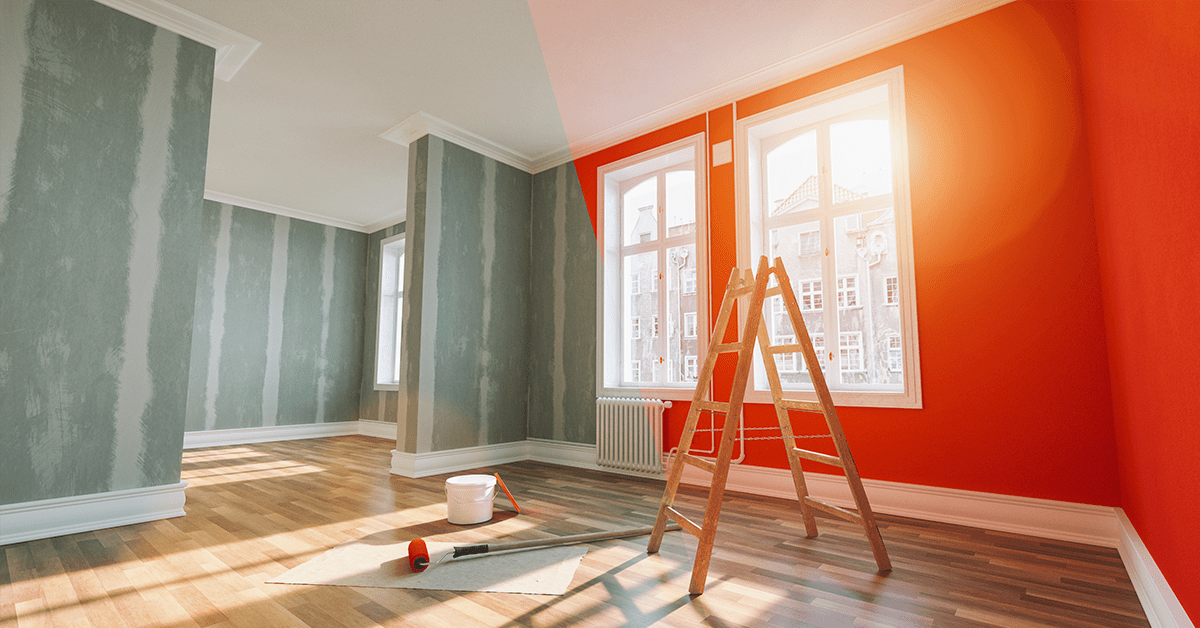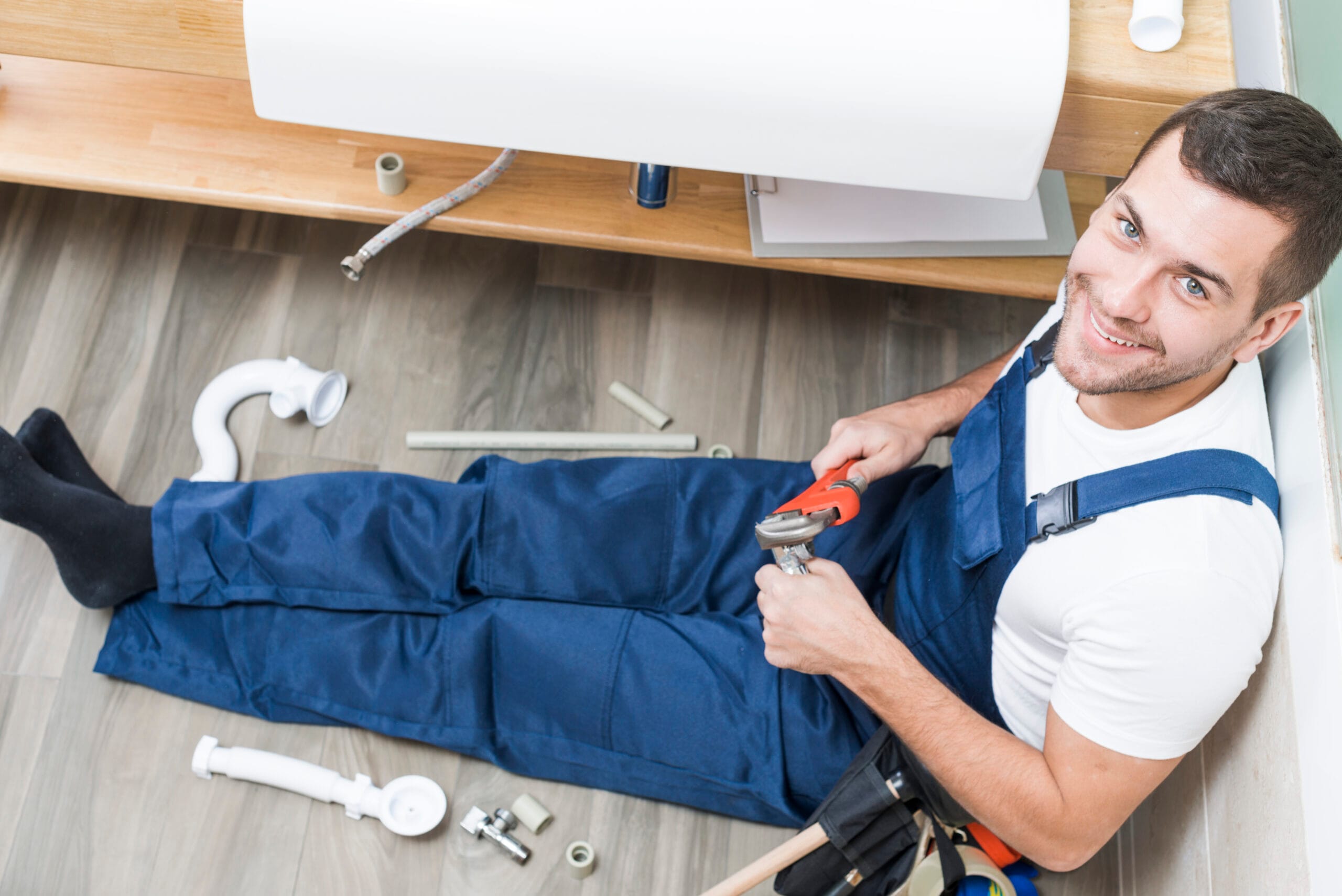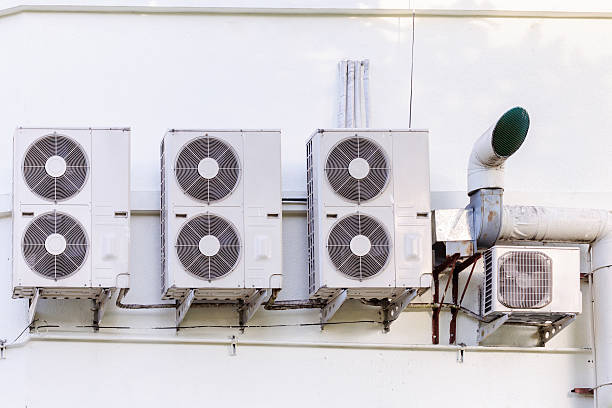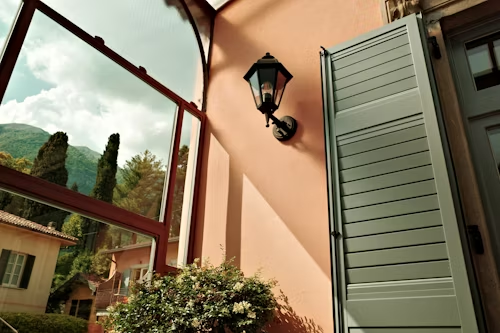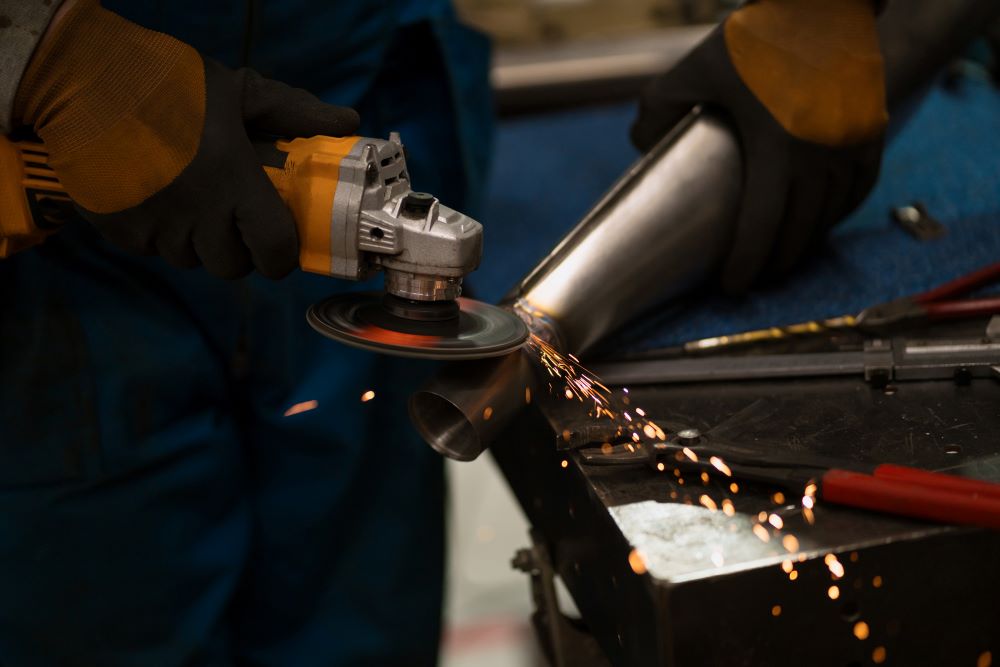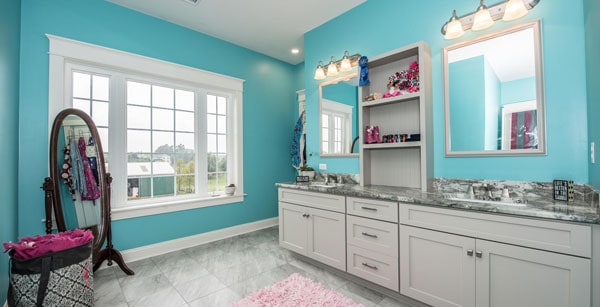Replacing the windows in your home is a valuable investment that can greatly improve energy efficiency, enhance curb appeal, and increase your property’s overall value.
For homeowners in Anaheim, where the climate and architectural styles vary, choosing the right window replacement requires careful thought.
With a wide range of styles, materials, and performance features available, this guide will simplify the process and help you make an informed decision tailored to your home’s specific needs.
Assess Your Home’s Needs and Goals
Before you start shopping for new windows, it’s essential to evaluate your specific goals. Are you looking to improve insulation and energy efficiency? Is boosting natural light or ventilation a priority? Or do you want to modernize the appearance of your home?
Start by inspecting your current windows to determine their condition. Cracked glass, fogging between panes, rotting frames, or drafts are clear signs that your windows need replacement. Additionally, consider your climate and how much insulation or ventilation your home requires. For colder areas, double or triple-glazed windows are ideal for keeping the cold air out and reducing heating costs. In warmer climates, windows with UV protection can prevent excess heat from entering your home.
Consult Experts for Material and Installation Advice
Selecting the right window material plays a critical role in your replacement project. The most common materials include:
- Vinyl: Affordable, low-maintenance, and energy-efficient. Vinyl windows resist warping and fading, making them ideal for various climates.
- Aluminum: Durable and lightweight, aluminum windows work well in modern homes but may not insulate as effectively as other materials.
If you’re unsure where to begin, get in touch with a local Anaheim window company for expert guidance tailored to your home’s needs. Professionals can provide recommendations based on your budget, location, and design preferences while ensuring quality installation for optimal performance. Proper installation is crucial to avoid air leaks, water damage, and reduced energy efficiency.
Finding the Right Style for Your Home
The style of windows you choose should complement your home’s architecture. Some common window styles include:
- Double-Hung Windows: These versatile windows have two sashes that slide vertically. They’re ideal for traditional homes and offer excellent ventilation.
- Casement Windows: Hinged on one side and opening outward, casement windows work well for modern homes and allow for unobstructed views.
- Sliding Windows: With sashes that glide horizontally, sliding windows are perfect for tight spaces or contemporary homes.
- Bay and Bow Windows: These protruding windows add dimension and light to any room, making them ideal for living rooms and kitchens.
- Picture Windows: Fixed and non-operational, picture windows maximize natural light and offer clear views, making them perfect for scenic areas.
Each window style serves a purpose, so consider the functionality and aesthetics you desire. For instance, if airflow is a priority, double-hung or casement windows may be your best option. If you want to showcase views, picture windows or bay windows are ideal.
Focus on Energy Efficiency and Performance
Modern window replacements are designed with energy efficiency in mind, which helps reduce utility bills and creates a more comfortable living environment. Features like double or triple-pane glass, low-E coatings, and gas fills (such as argon or krypton) improve insulation and keep indoor temperatures stable year-round.
Low-E (low emissivity) coatings reflect heat while allowing light to pass through, keeping your home cool in the summer and warm in the winter. Meanwhile, insulated frames made of materials like vinyl, fiberglass, or wood-clad composites reduce thermal transfer and prevent drafts.
When comparing energy-efficient windows, look for ratings such as:
- Solar Heat Gain Coefficient (SHGC): Measures how much solar heat a window allows. Lower SHGC values are ideal for warmer climates.
- ENERGY STAR Certification: Windows with this certification meet rigorous energy-efficiency standards and offer substantial energy savings.
Consider Long-Term Value and Cost
While window replacement can require a significant upfront investment, the long-term benefits often outweigh the initial cost. Energy-efficient windows can lead to substantial savings on heating and cooling bills, reducing energy consumption year-round.
Additionally, modern windows enhance the resale value of your home, as potential buyers appreciate the comfort, aesthetic appeal, and reduced maintenance needs that come with updated windows. According to industry studies, homeowners can recoup a significant portion of their investment when upgrading to high-quality replacement windows.
When budgeting, factor in the costs of materials, labor, and additional features like custom designs or smart technology. While premium options may cost more initially, their durability and energy-saving properties often result in lower expenses over time.
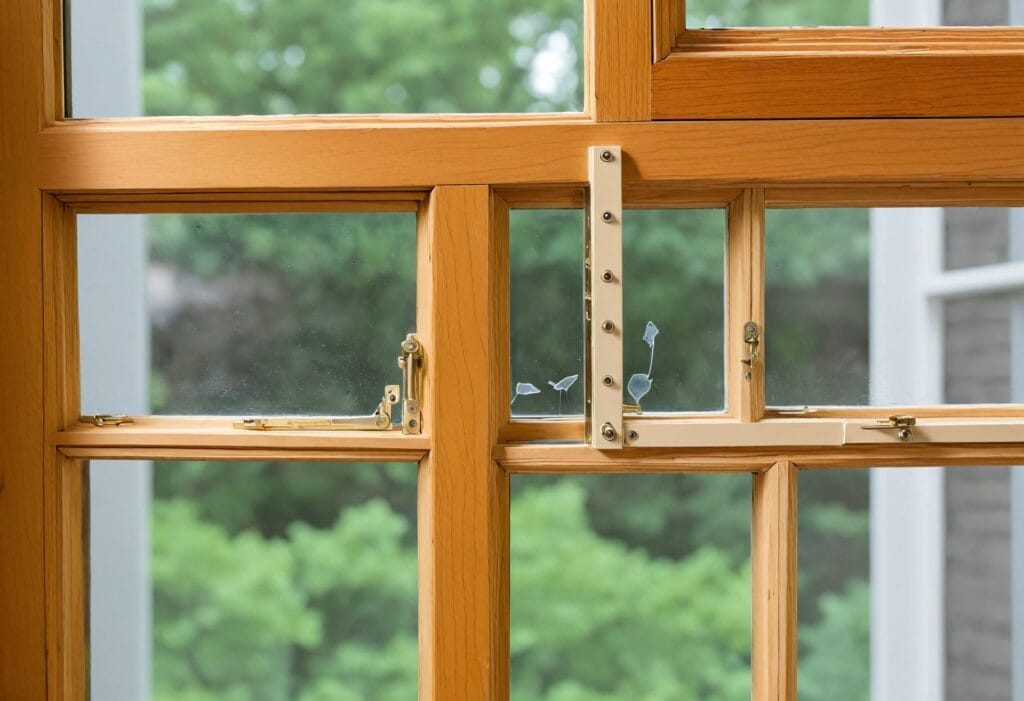
Enhance Curb Appeal with Thoughtful Design Choices
Windows plays a vital role in defining the look and feel of your home, both inside and out. When selecting window replacements, consider features like frame color, hardware finishes, and grille patterns that harmonize with your home’s aesthetic.
For a traditional home, wood frames with decorative grilles can enhance charm and character, while sleek, minimalistic frames in darker hues suit modern homes. Window treatments, such as shutters or drapes, can further complement your design choices and add personality to each room.
Additionally, think about the placement of windows to maximize natural light and create focal points within your home. Strategic window positioning can transform a space, making it feel more open, inviting, and connected to the outdoors.
Maintenance and Durability
Window durability depends on both the material and maintenance required over time. Vinyl and fiberglass windows are virtually maintenance-free, needing only occasional cleaning with soap and water. Wood windows, while timeless in their beauty, require periodic staining or painting to maintain their appearance and prevent rot.
Choose windows that suit your lifestyle and maintenance preferences. If you prefer low-maintenance solutions, vinyl or fiberglass may be the best fit.
When dealing with older wood windows, you may notice hardware becoming loose or worn. If you need wood window hardware to replace loose components, it’s important to match the style and finish of existing pieces. Common hardware replacements include sash locks, handles, and window operators. For authentic restorations, consider salvaged hardware or high-quality reproductions that match your home’s period and style. This maintenance step not only improves functionality but also preserves your windows’ historical character and operation.
All in all, choosing the right window replacement for your home requires careful planning and consideration of your goals, budget, and design preferences. By assessing your home’s needs, prioritizing energy efficiency, and selecting durable materials, you can transform your space while improving comfort and reducing energy costs.






